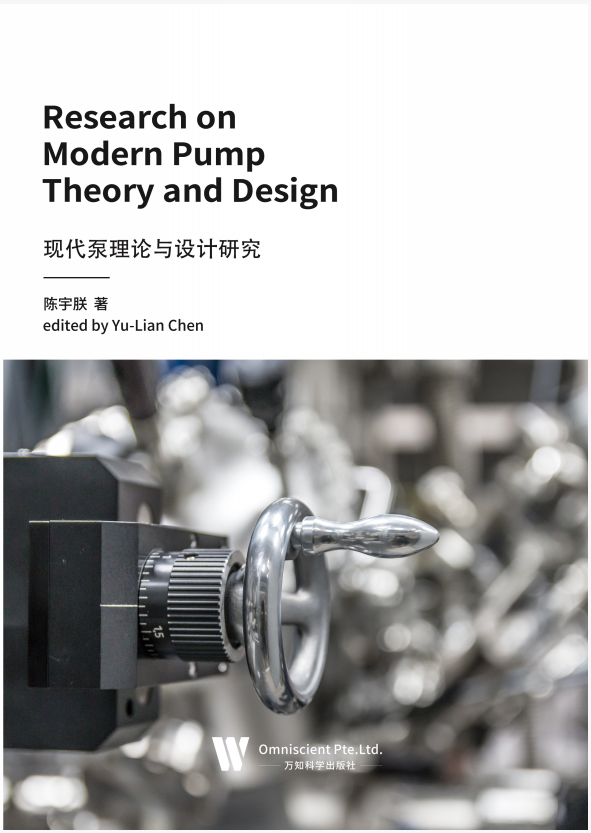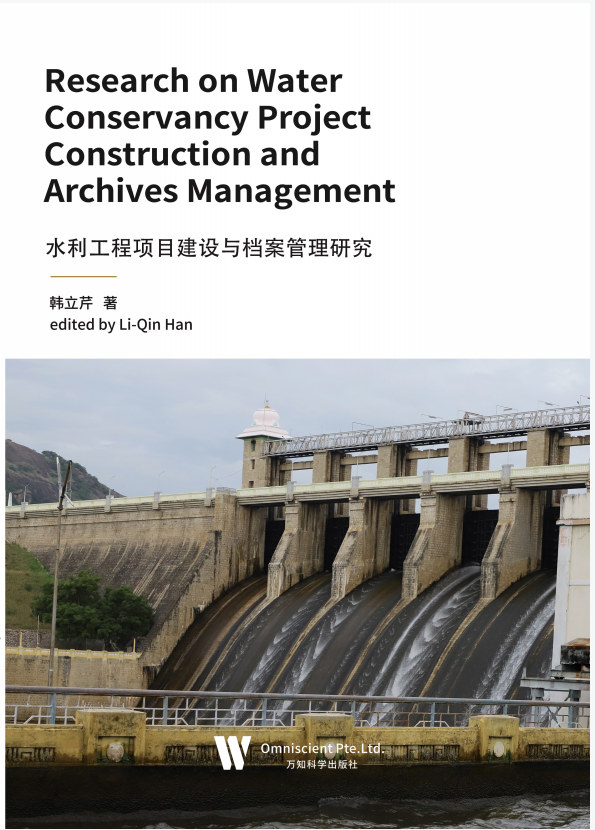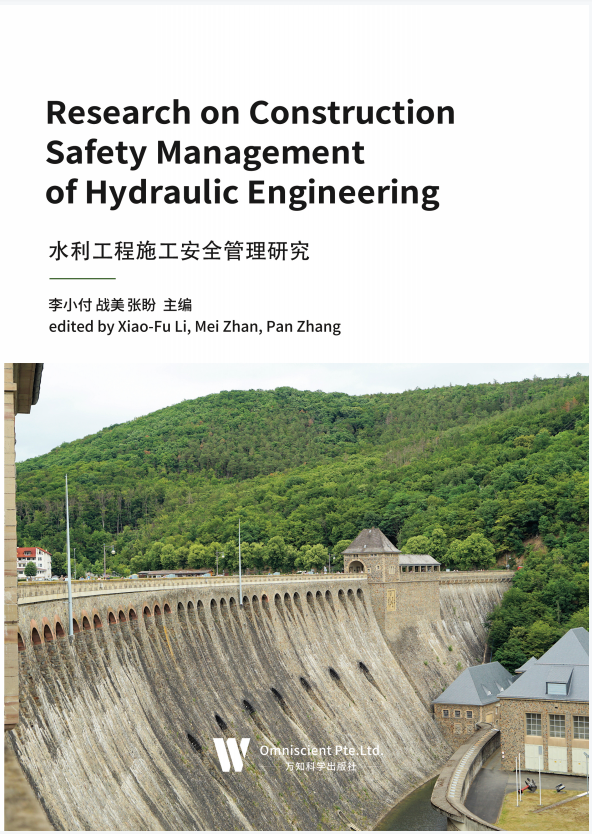
当今时代,伴随着科学技术的迅猛发展,流体输送机械的设计理念和制造技术 得到长足的进步。泵是用来增加液体能量的机械,属于流体机械。它使原动机的机 械能转换为被输送液体的能量,达到输送液体及提高液体压力的目的。 泵是最早发明的机器之一。在当今世界上,泵产品的产量仅次于电动机,所消 耗的电量大约为总发电量的四分之一。除农田排灌、城市和工业给排水、热电厂、 石油炼厂、输油管线、化工厂、钢铁厂、采矿、造船等部门外,目前泵在原子能发 电、舰艇的喷水推进、火箭的燃料供给等方面亦得到重要应用,泵抽送的介质除水 之外,还有油、酸、碱浆料、有机溶液、石油产品等多种液体,甚至有超低温的液 态气体和高温熔融金属。可以说,凡是要让液体流动的地方,就有泵在工作,泵在 国民经济中起着十分重要的作用。因使用场合、液体不同,泵名目繁多,应用广泛。 由于我们才疏学浅、实践不够,书中若有不妥之处,恳请各位专家和读者批评 指正。

水资源作为经济社会发展和人类生存的重要保障,在各行各业及生产生活中发 挥着重要的作用。在经济快速发展的今天,水环境污染问题已经成为各个国家经济 发展过程中的一个重要问题,加强水资源开发利用与水文水资源监测是社会发展的 客观需求,具有重要的现实意义和影响。工业化和城市化发展进程的加快对环境造 成了一定的破坏,水资源浪费和水体污染问题越发严重,人们越来越意识到了保护 水资源环境的重要性。 在经营水文监测过程中所使用的设备及技术直接决定了最终的监测效率及质 量。这也就意味着在开展水文监测的过程中需要关注基础设施的投入,这是确保监 测精度的关键所在。 目前全世界都面临着水资源短缺的问题,同时日常生活及社会生产发展对于水 资源的需求正在逐渐增加,确保水资源供应稳定对于我国社会的稳定发展而言具有 积极意义。故此就需要重视有关水资源监测设备的投入和建设,以达到更大力度的 监测监管效果,有利于国内水资源的充分利用。

为了提高水利行业的生产效率,确保水利电能传输的安全,必须提高水利工程 的安全施工管理以及水利工程的质量和安全性能,才能不断提高水利行业的安全意 识,确保水利工程项目的安全测试和环境保护。目前,我国水利工程安全管理尚存 在不足,有必要进行规范化管理,以提高施工人员的安全意识和安全技能。本书结 合我国水利工程的现状和特点,提出切实可行的措施,使我国水利工程健康、稳定 地运行,促进我国水利工程管理的进步和发展。 水利工程档案不仅是考证工程建设全过程的重要依据,也是水利工程建设的历 史记录。在工程建成后的运行管理工作中,做好水利工程档案管理工作是工程建设 过程中至关重要的一项任务。档案资料不同于一般的历史资料,对工程的运行、安 全有着直接的影响,在日常工作中,必须严格按照规章制度办事,重视对项目档案 人才的培养和激励机制,不断总结完善建设项目档案管理的经验,使档案资料能更 好地为我们的水利工程项目服务。 在水利工程中,安全施工和安全管理尤为重要,安全施工对水利企业和水利工 程的质量起着重要作用,对以后水利工程的安全使用也有着重要影响。为了确保水 利工程的施工安全性能,应将安全责任分配给每个负责人,以确保安全施工。水利 工程施工要加强安全监督,确保每一项安全建设得到落实,对安全隐患进行综合分 析,及时消除安全隐患。同时,要对潜在的安全隐患和安全事故进行及时评析和估 量,以确保水利工程的施工效果。

水利在人类发展史上占有显著的地位,在中国的发展史中更起着特殊的作用, 兴修水利、与水害作斗争历来是安邦治国的主要措施。水利是农业的命脉,是国民 经济发展的基础设施和基础产业,也是社会安定的重要保障。 水利是指采取各种人工措施对自然界的水进行控制、调节、治导、开发、管理 和保护,以免除水旱灾害,并使水资源适应人类生产,满足人类生活需要的活动。 水利的基本手段是建设各类水利工程设施。从事水利的事业称为水利事业,主要包 括防洪排水、灌溉、供水、水力发电、航运、水土保持以及水产、旅游和改善生态 环境。 水利管理是指对水、水域和水利工程的管理,包括对水资源的开发、利用、节 约、保护和对在建工程的建设管理以及对建成工程的运行维护和经营管理。水利管 理的任务是合理配置、充分利用、有效保护水资源,防治水旱灾害,发挥水利效益, 适应国民经济可持续发展和人民生活水平不断提高的需要。 水利工程管理是指对水利工程进行科学合理的运用、控制、调度和保证其安全、 正常运行,以充分发挥工程综合效益的工作。水利工程是水利管理工作的一项工程 措施,所以水利工程管理则是水利管理工作的一个重要内容。水利工程管理是通过 检查、观测、养护、修理、控制运用等技术措施以及法律法规制度来实现管理目标。

近些年,国家在水利水电等基础设施建设方面投入了较大的建设力度,无论是 资金、技术还是人力、物力方面都极大地推动了水利工程的建设和发展。当前,市 场经济的发展促进水利水电工程也在快速发展。水电工程具有连续作业、工种较多 的特点,这就导致在施工过程中会出现安全问题,而这些问题的存在会对施工人员 的人身安全造成巨大影响。水利水电建设过程比较繁杂,施工任务较重,安全管控 工作的隐蔽性较高,管控比较困难,且干预条件较多,所以在进行安全管控工作期 间,必须依照动态性与超前性从整体上进行,借助众多科学的管控方式提升管控效 果,从而保证水利水电项目能够良好地开展。本文围绕水利水电项目施工安全问题 与管控措施展开研究,以促进水利水电工程建设的发展。 水利工程建设作为国家重点建设的项目,也属于基础性工程。同时,水利工程建 设周期相对较长,整个工作的繁杂程度较高,所以一定要做好施工各个细节的管理工 作,为社会效益、经济效益的提升奠定基础。为了达到上述目的,必须格外关注水利 工程施工技术管理工作,借助更加专业化、科学化、集约化的手段做好施工技术管理。 施工安全管理对比施工技术管理也是非常重要的内容,因为任何工程建设都是建立在 施工安全的基础上的,只有安全有保障,后续的工作开展起来才有意义。 水利工程是一项较为重要的关系到民生的工程,建立现代化的水利经济管理制度 是十分重要的,其不仅关系到居民生活与企业生产,更是与农业及农村的发展息息相 关。因此,必须建立现代化的水利经济管理,以便能够适应社会大众的具体需求。